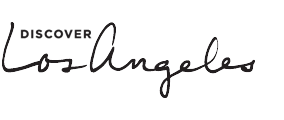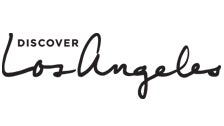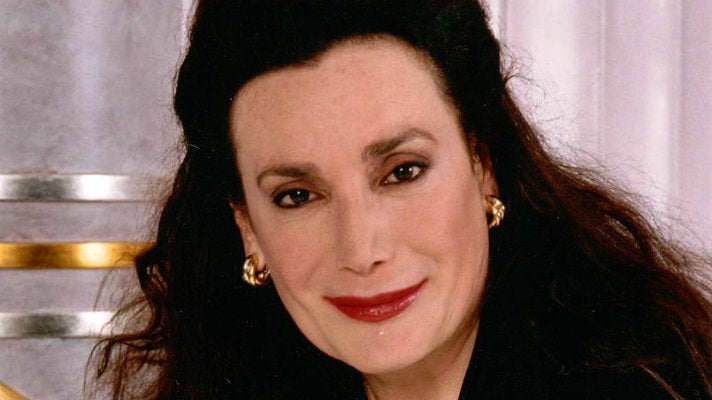As a philanthropist and lover of history, Donelle Dadigan always wanted to create something meaningful for the community. With that in mind, she founded the Hollywood Museum, located in the historic Max Factor Building and just steps from the Hollywood Walk of Fame. Dedicated to the history and heritage of Hollywood and the entertainment industry, the museum features 35,000 square feet of exhibit space that spans four floors. The museum houses 10,000 show business treasures from over 100 years of Hollywood history - it’s one of the most extensive collections of Hollywood costumes, star cars, props, posters, photographs and memorabilia in the world.
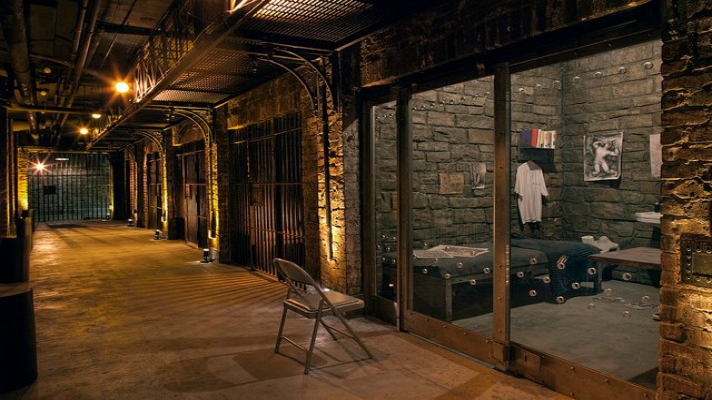
Visitors should set aside at least an hour to explore the museum, which includes Max Factor’s world-famous make-up rooms, where Marilyn Monroe became a blonde and Lucille Ball became everyone’s favorite redhead. Displays include everything from Max Factor’s unique “Beauty Calibration Machine” to Monroe’s million-dollar dress and Hannibal Lecter’s cell from The Silence of the Lambs.
“My mother was an educator, my father was an educator, and I was an educator,” says Dadigan. “So my mother and I, we realized - harkening back to our times of being school teachers - that the best way for us to get our children and our students to be interested in the subject that we were teaching was that we had to entertain them. If we entertain them, they couldn’t help but open their minds to what they were being taught.”
She continues, “So we felt if we take that component and put it in a museum, showcasing what we think is the number one export of Los Angeles - Hollywood - we couldn’t help but have an opportunity for visitors from all the around the world to come and see this.”
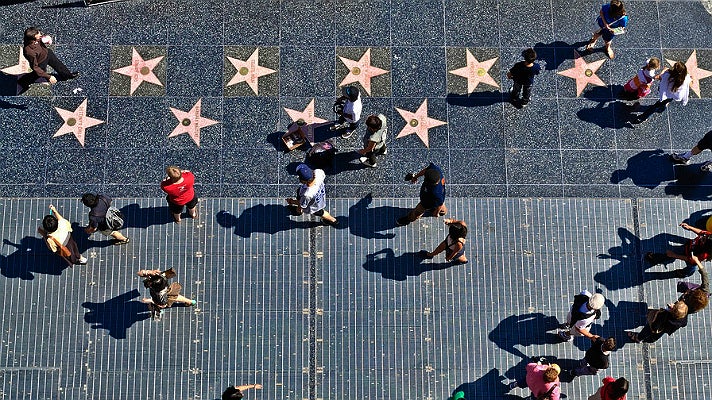
Dadigan gestures toward the museum entrance. “All these people walk up and down Hollywood Boulevard - looking, looking. What are they looking for? The [TCL Chinese Theatre] hand and footprints, the [Hollywood] Walk of Fame stars. Well, it’s all out there. But they’re looking how to connect the dots. And here at the Hollywood Museum, we connect the dots with a hundred years of Hollywood history.”
After teaching, Dadigan became a real estate developer, which proved crucial on her journey to open the museum. She had an eye on the historic building that housed the Max Factor Museum of Beauty and Makeup. It wasn’t for sale. “It turned out [Max Factor’s] parent company, Procter & Gamble, owned this building. So I had to use my ‘abilities’ to talk Procter & Gamble into thinking about selling what - in my mind - was a magnificent building to my mother and myself. In their mind, they had plans - which we did not know - of tearing the building down. But it didn’t work out [for them] because it’s a historic landmark building.”
“To this day, I still can’t understand how we were so fortunate to be able to rescue this building,” she says. They purchased the building in 1994. Dadigan notes with a smile, “It was an omen - we closed escrow on Halloween Day.”
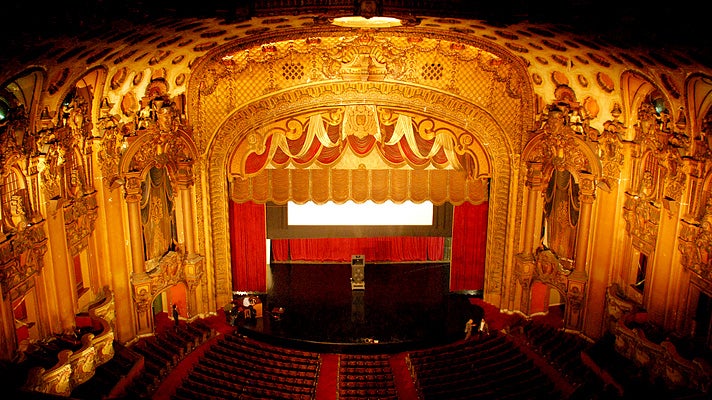
At a dinner party, Dadigan was introduced to various guests - many from the entertainment industry - who were told about her then-recent acquisition of the Max Factor Building. “This lady across the table from me, waited a moment and leaned across and said, ‘You bought the Max Factor building? My great-uncle is S. Charles Lee.’" The prolific Lee is renowned for designing the Max Factor Building and over 400 theatres throughout California and Mexico. Lee’s other famous buildings include the Los Angeles Theatre, the Tower Theatre, the Fox Wilshire Theatre (now known as the Saban Theatre), and the Hollywood & Western Building, aka the Mayer Building.
“Could you believe this,” marvels Dadigan. “It was extraordinary. She says, ‘We’re just kind of going through his architectural plans and things. They’re all in my garage, and we’re getting ready to donate them to several higher learning institutions. Would you like to come over and see if we have something on the Max Factor Building?’ It took all of me to let her finish the sentence. Of course I wanted to go over there.” Thanks to this family, Dadigan was able to locate an original set of plans. “And we followed it to the tee,” she says.
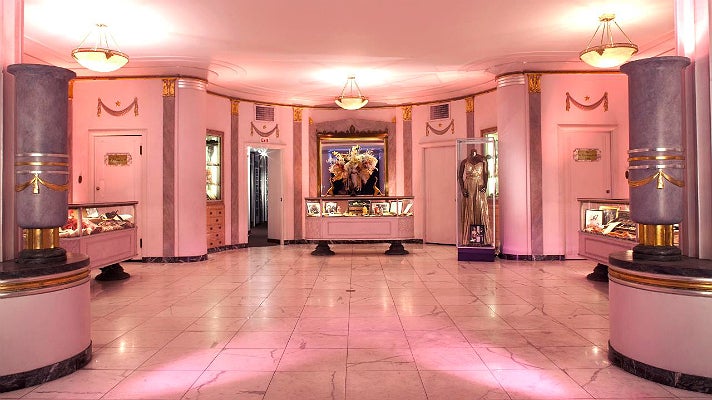
They restored the building to its original 1935 splendor, which incorporated the so-called Hollywood Regency Art Deco style. The restoration garnered numerous accolades, including the California Art Deco Society “Preservation Award” and the State of California “Preservation Award.” Regarding the latter award, Dadigan wryly says she was probably given the award in 1999 so she wouldn’t give up. “Because we weren’t finished yet, but we received it.”
“You either have to laugh or cry. It’s been quite a journey for us, but we’re thrilled that we’re able to preserve and restore this grand building. Not only is it an architectural gem, it is a cultural landmark. This is where Max Factor, Hollywood’s makeup king, not only did he create all these fabulous ideas - tube lipstick, certain powders and shadows, Pan-Cake makeup - that women still want because we still receive letters to ‘Max Factor Company, Hollywood, California.’”
Dadigan explained that Factor changed the pop culture concept of women being able to wear makeup. Incredibly, in the 1920s and early ‘30s it was still taboo for women who were professionals, teachers or shop owners to wear makeup. While entertainers like vaudeville performers or movie actors could wear makeup, the average woman was looked down on as a “hussy” if she did so.
“So in this building, in our very lobby here. Not only did the movie stars come and go into the world famous makeup rooms, but women like myself and others were able for the first time, not have to sneak down a dingy alley, go in a small door, and hope nobody saw them when they went to buy lipstick.”

Dadigan’s concept for the museum was to bring together collectors, studios, production companies, and stars who held onto wardrobe and other items. Then 9/11 hit, and the studios had to pull out from their commitments to the museum, since resources and funds were being channeled towards beefing up security. “As a result, it was very different to open [the museum]. Luckily I had a great collection,” as did several of her friends.
Johnny Grant, the honorary mayor of Hollywood, was “a great mentor and one of my dearest friends, and my best friend in Hollywood. In fact when he passed away, he left his entire collection to the Hollywood Museum. He could have given it to any museum locally or nationally. For me that’s one of the greatest votes of confidence one could give.” Grant told Dadigan, “'Kid, do not open this museum unless you’ve got the building filled.' And I never forgot that. And I thought, ‘Oh my God, what a daunting thing that’s going to be.’ But you know, here we are today, we can’t put everything up, we’re just clamoring for space.”
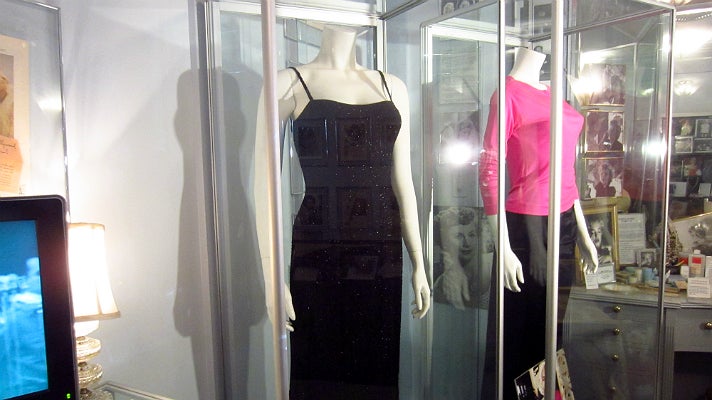
For many visitors, nothing at the museum can match the mystique of the Marilyn Monroe exhibit. “Seeing items of Marilyn Monroe, whether it be from her personal closet, her personal wardrobe, to her show gowns.” The museum even has Monroe’s limousine on display. “And everything [is] documented. She was one of the most photographed women in the world. It’s just extraordinary when you think about that."
Marilyn Monroe’s honeymoon dress is one of the most memorable items on display at the Hollywood Museum, or any museum of its kind. “What’s very neat about this dress, not only is it the dress she wore on her honeymoon when she married Joe DiMaggio, she wore this when she entertained the troops in Korea in 1954. Equally important, it was her personal dress,” which Monroe continued to wear until her death, making it a singular artifact compared to typical Hollywood wardrobe items. Several copies are usually made of each item, worn by the star for the duration of filming, or sometimes only for one or two scenes.

A self-described foodie, Dadigan says she loves going to the Mel’s Drive-In next door to the museum. “I have breakfast there every morning. The Lumberjack Breakfast is fabulous. It’s the best buy in town. I re-discovered ham steak there,” she says with a laugh. “I go crazy for [their] grass-fed hamburgers. Give me everything you’re not supposed to have - cheddar cheese, grilled onions. And their French fries, their sweet potato fries are fabulous. They have great salads. We hold our meetings there. Everyone is happy.”
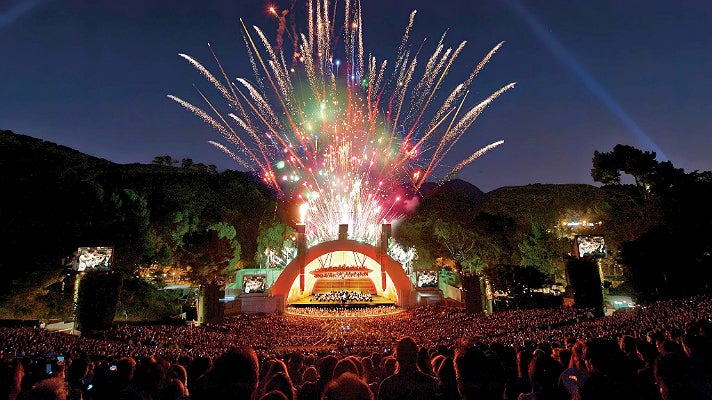
“I love the Hollywood Bowl,” says Dadigan. “They’ve done tremendous upgrades - new benches, new seating, all their landscaping is lit at night, the new screens that are there. We have the José Iturbi Foundation, and we sponsor concerts every summer at the Hollywood Bowl. This year, we’re sponsoring John Williams: Maestro of the Movies.” The concert features the Academy Award-winning composer, with special guest Seth MacFarlane, paying tribute to classic Warner Bros. films, as well as performances of his beloved movie hits.
Along with Marion Seabury, Dadigan founded the José Iturbi Foundation, named for the famed conductor and pianist who wanted to make classical music accessible and enjoyable to people of all ages and walks of life. Dadigan - a trained concert pianist and harpsichordist with a music degree from UCLA - noted that Iturbi, who is her godfather, was the first classical musician to receive a star on the Walk of Fame, for selling an unprecedented one million records (Polonaise in A Flat [Military Polonaise] by Chopin, 1950).
Besides the music foundation, Dadigan is also the chairperson of the Hollywood Historic Trust, which controls the sidewalks where the Walk of Fame stars are located. She assumed the role from the late Johnny Grant. Asked how she finds the time to run the museum and be involved in so many foundations and nonprofits, Dadigan says, “When you love what you do, you make the time. And you learn to not do things that just take up your time but don’t have a benefit to the community, because to me it’s all about giving back. Making the community all that it can be. I’m just one of many people who do that.”
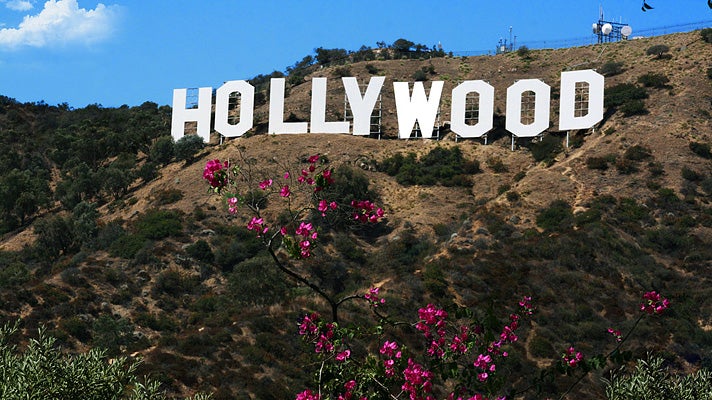
Dadigan continues, “There’s so much to do [in L.A.]. Anything you want to do, you can find the opportunity to do here. There’s still open spaces. … We have the Pacific Ocean, we have the wonderful weather, we’ve got the desert, we have the mountains, we’ve just got everything. And we’ve got the newest technologies, fabulous looking buildings, and we’ve got Hollywood! People from all over the world come to see Hollywood, and it’s right here in our own backyard.”
